Leading the way in creating exceptional spaces.
.jpg?width=300&height=200&name=CDI-JoanCarr-Edits-15%20(1).jpg)
Collaborative spaces to help young learners and staff excel in the classroom and beyond.
.jpg?width=300&height=200&name=CDI-LouisRiel-Edits-07%20(1).jpg)
Multi-dimensional spaces for students to collaborate and learn in all environments.
.jpg?width=300&height=200&name=Truspace-PlusCompany-Edit-07%20(1).jpg)
Interactive spaces to maximize creativity, productivity and employee engagement.
We’re here to help. Contact us today to learn how our expert team can bring your vision to life.
We design and create tailor-fit spaces and furniture solutions that help you thrive.
Over 30 years of local experience creating workspaces that enable students and workers to reach their full potential.
Explore our latest catalogues and resources to help you create a learning environment that engages and inspires.
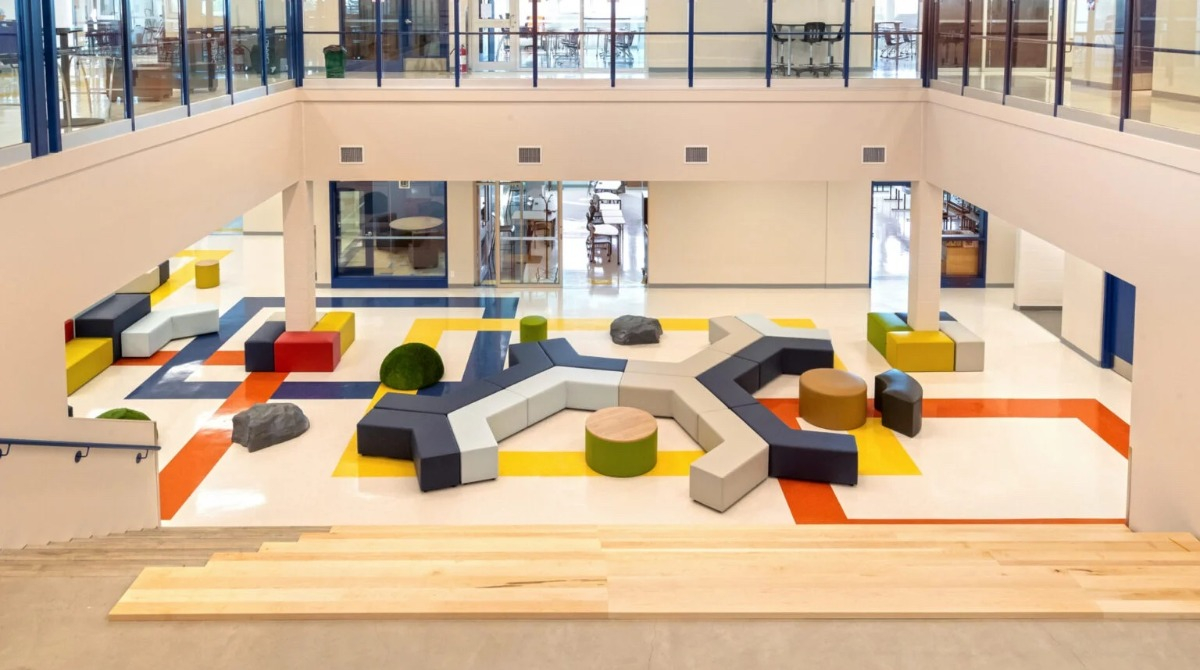
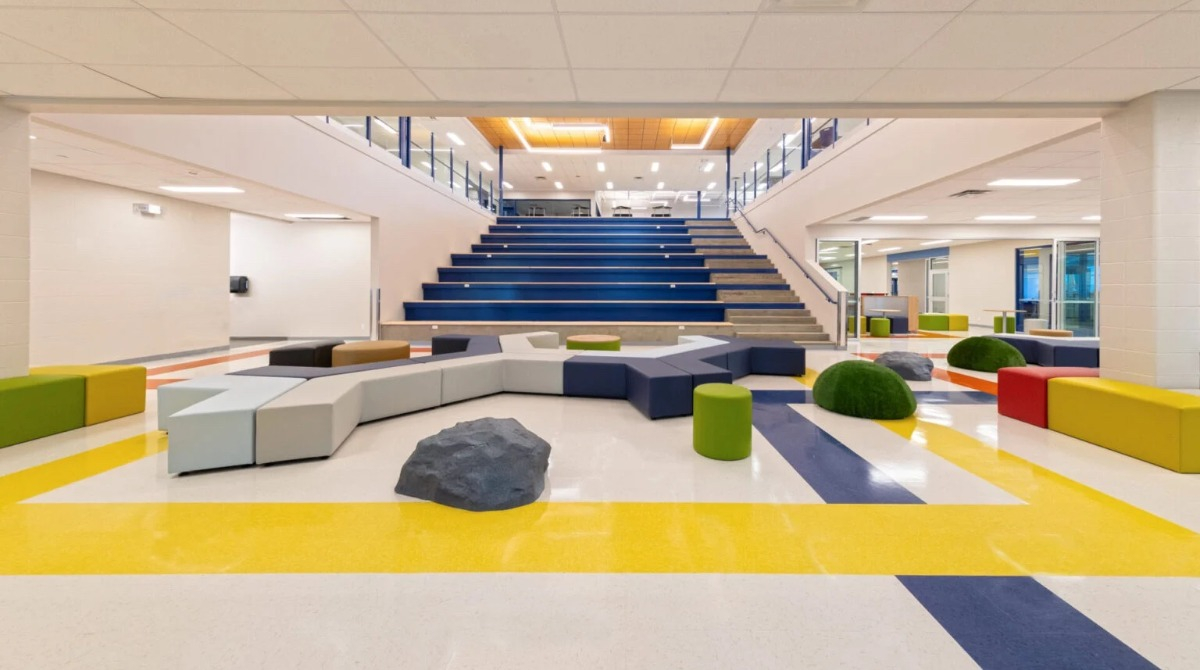
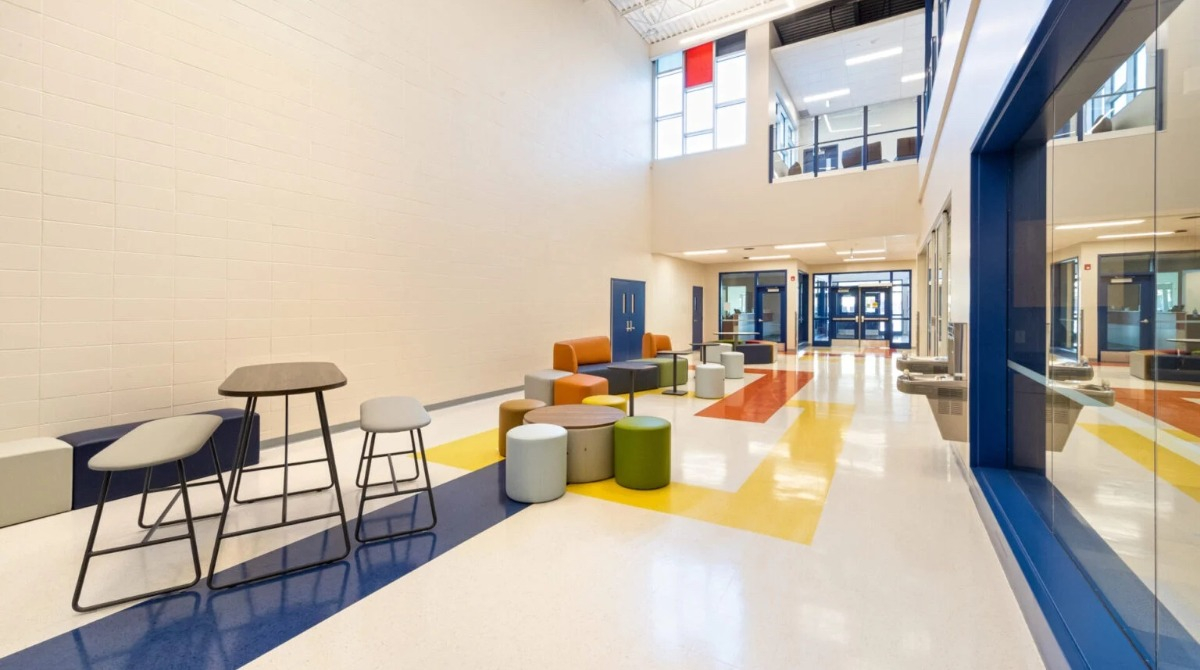
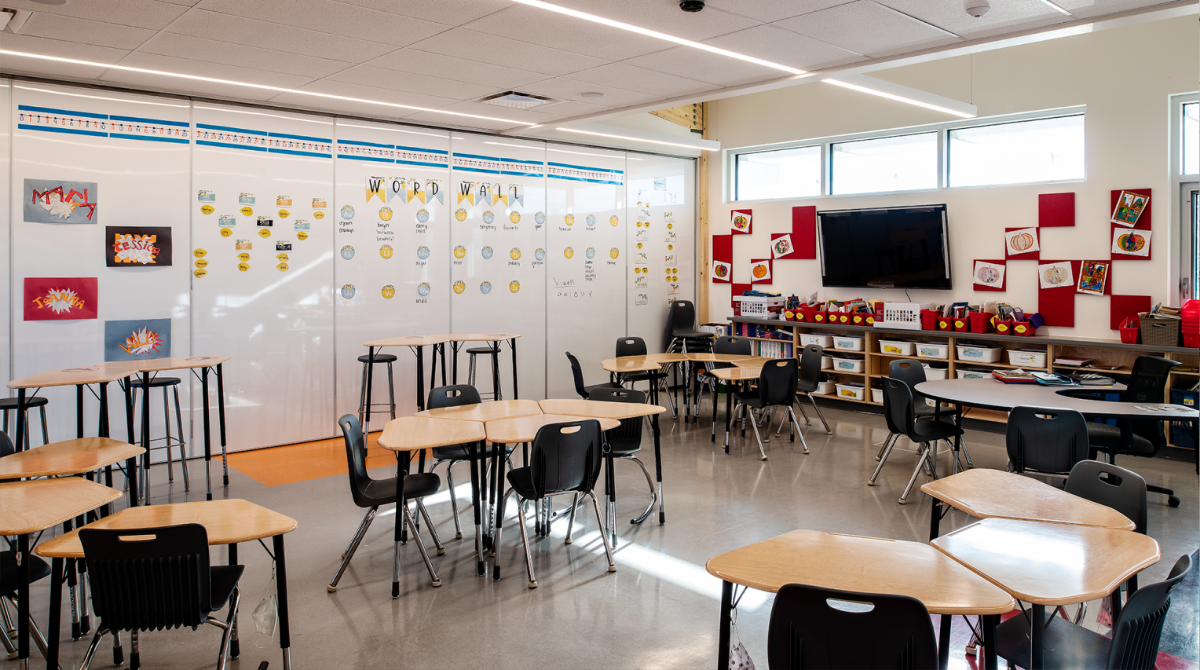
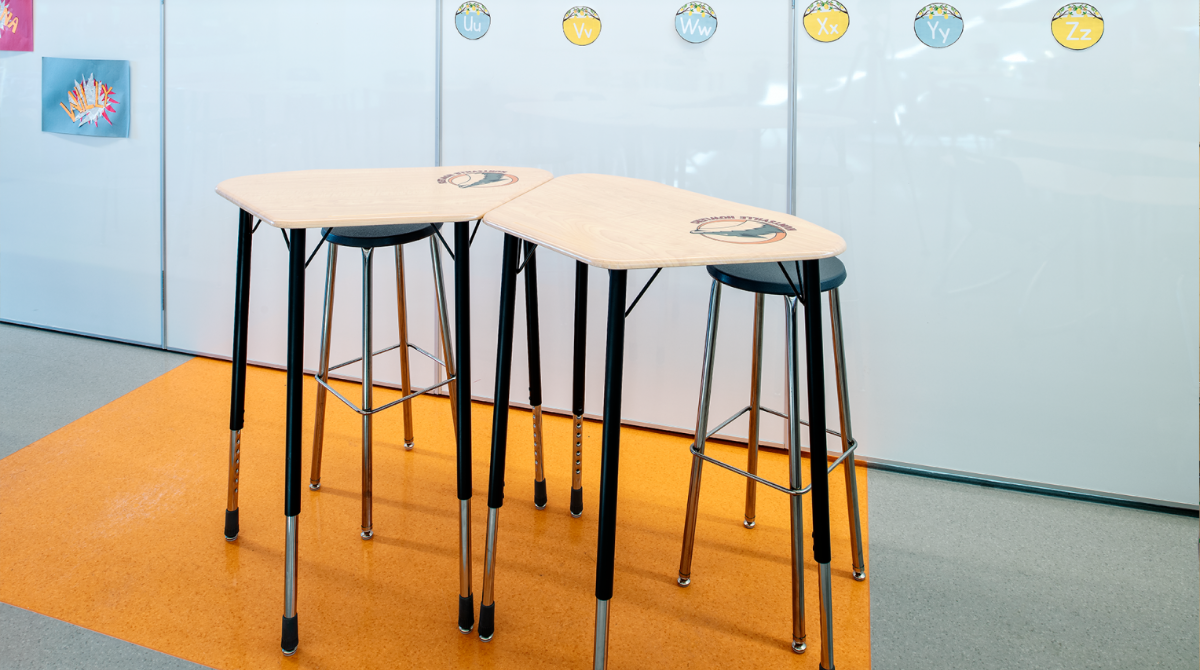
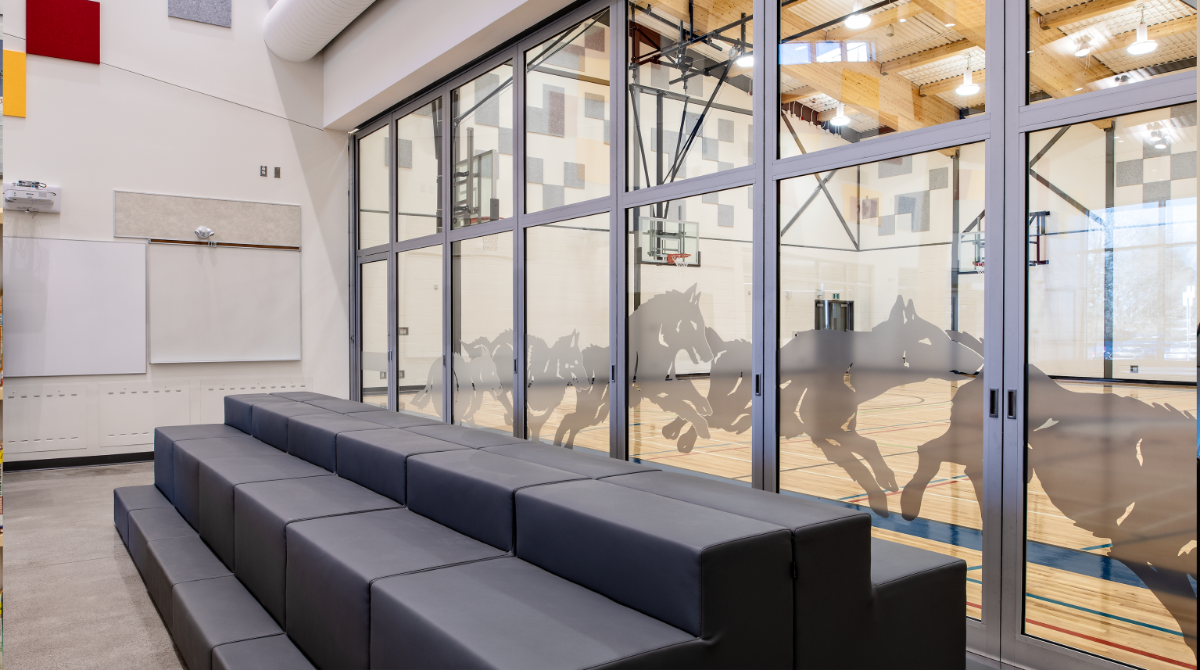
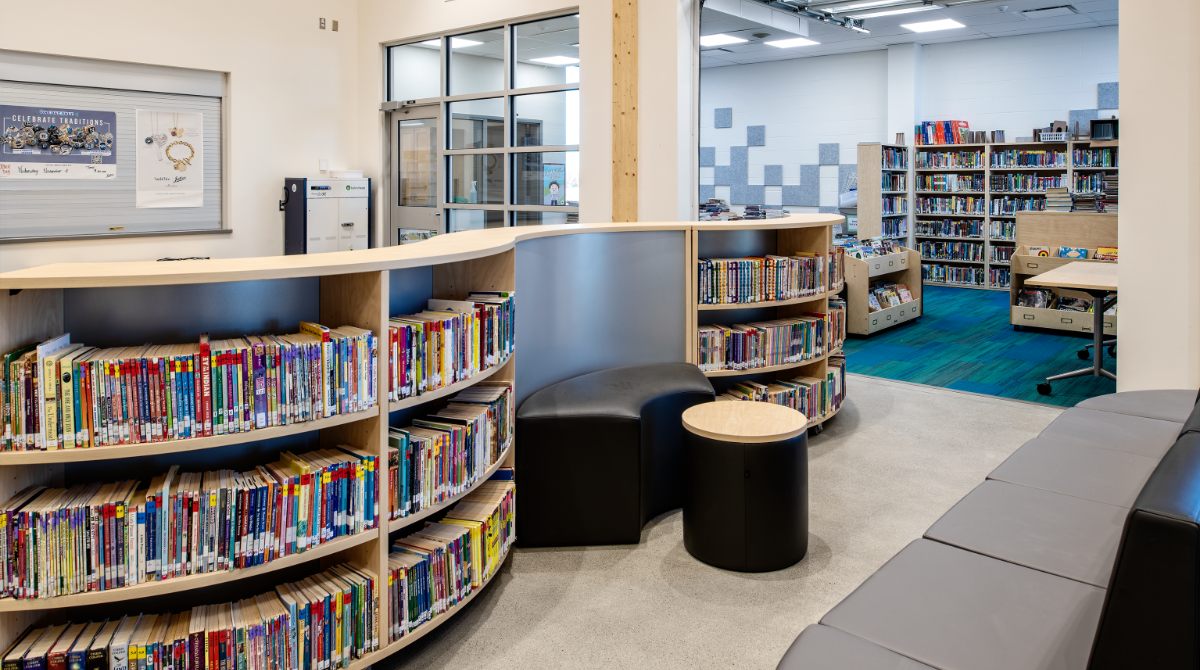
Edmonton Christian West School underwent a complete modernization, which meant the opportunity for the school to start from scratch and completely re-envision their layout.
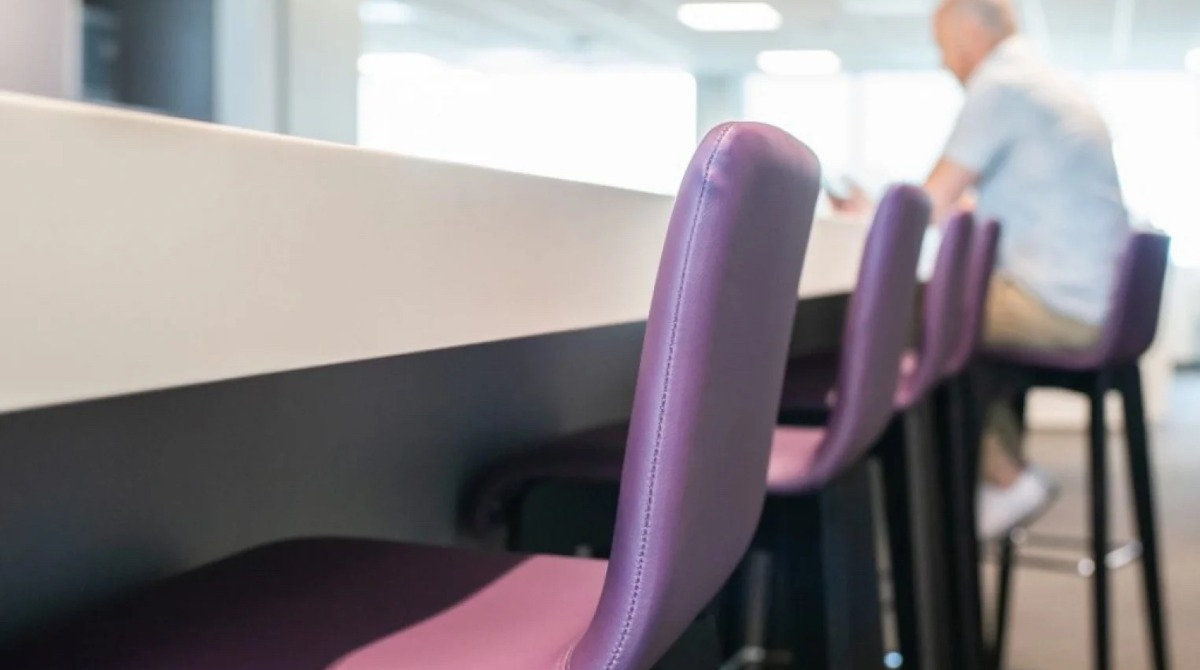
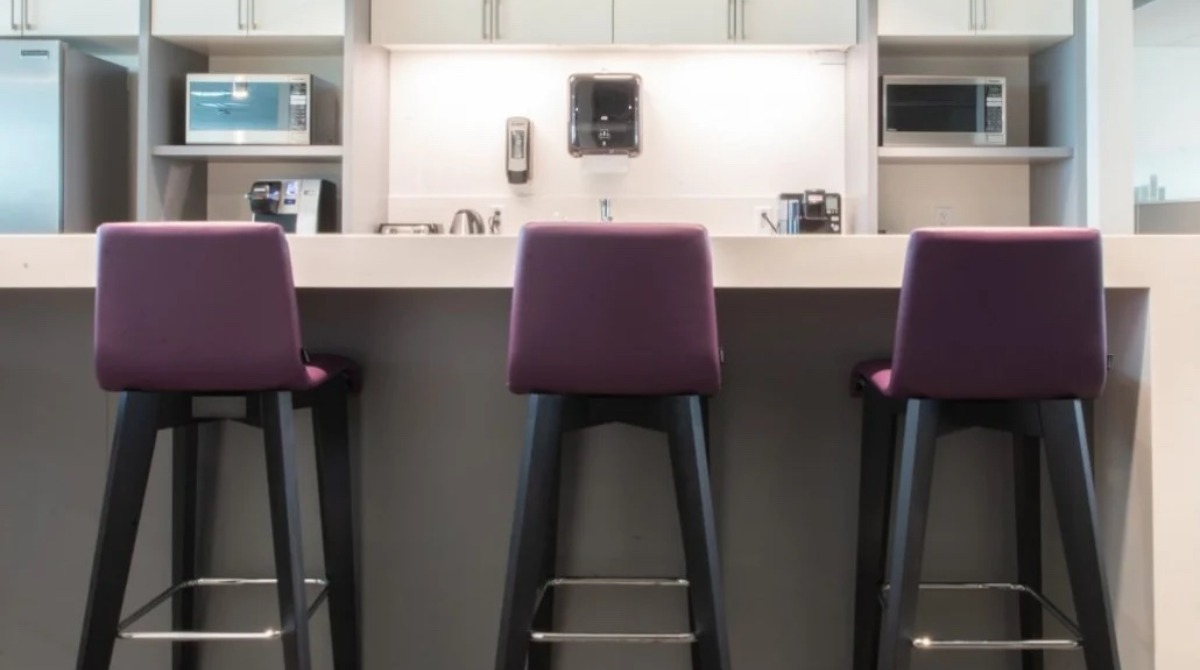
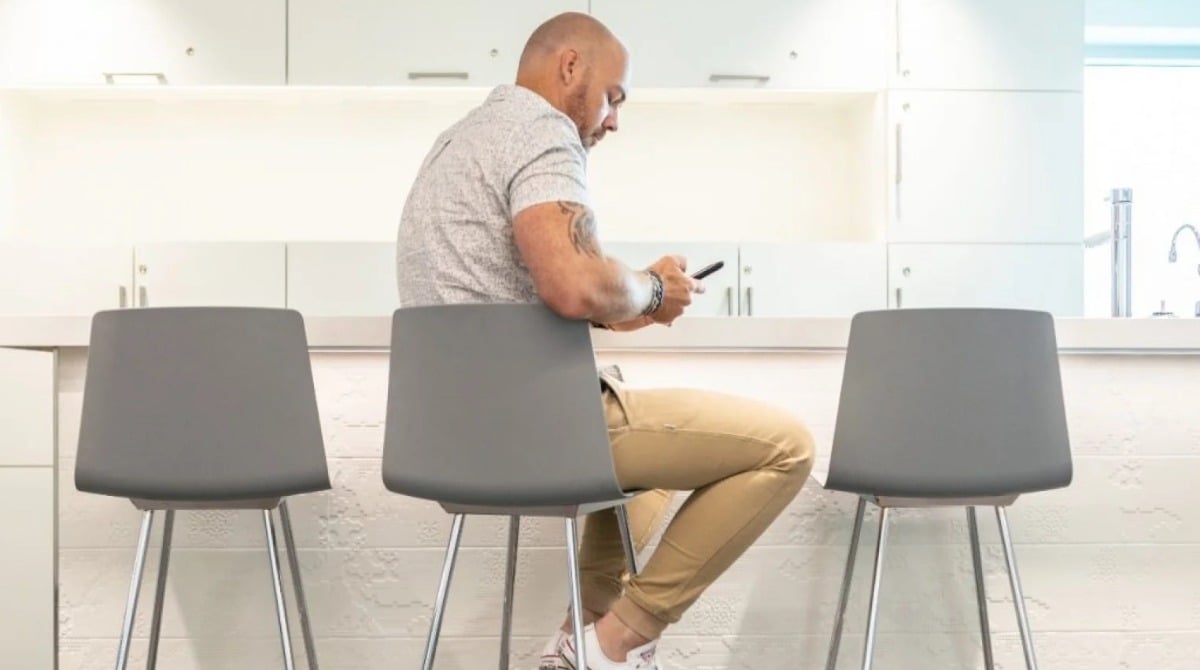
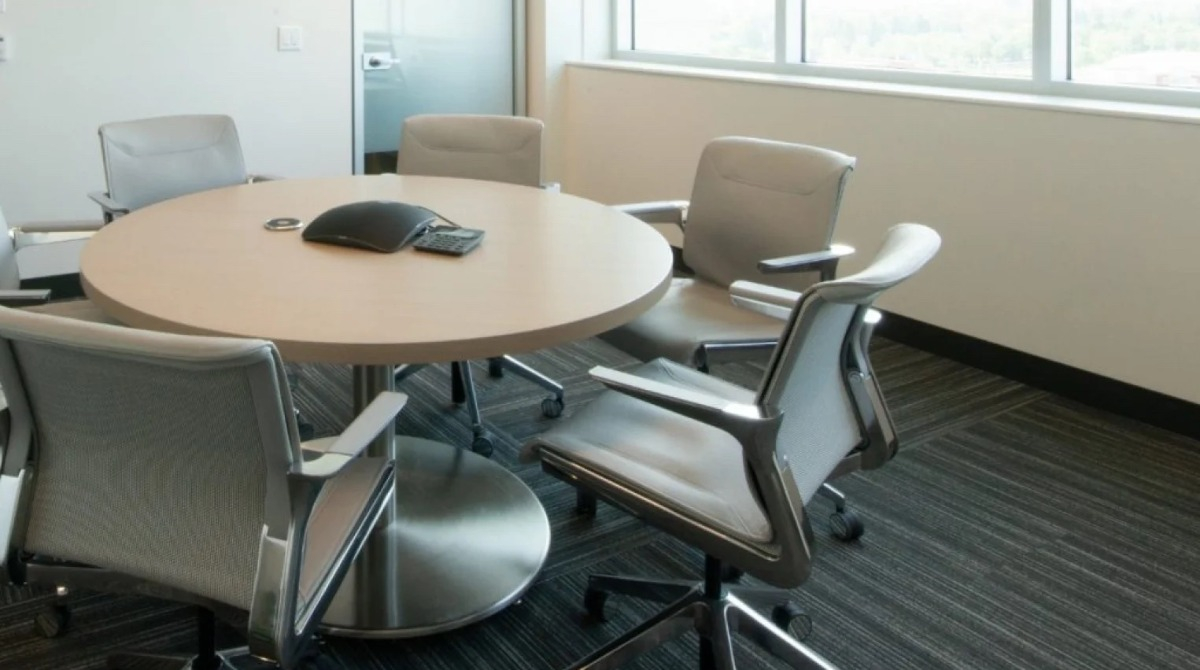
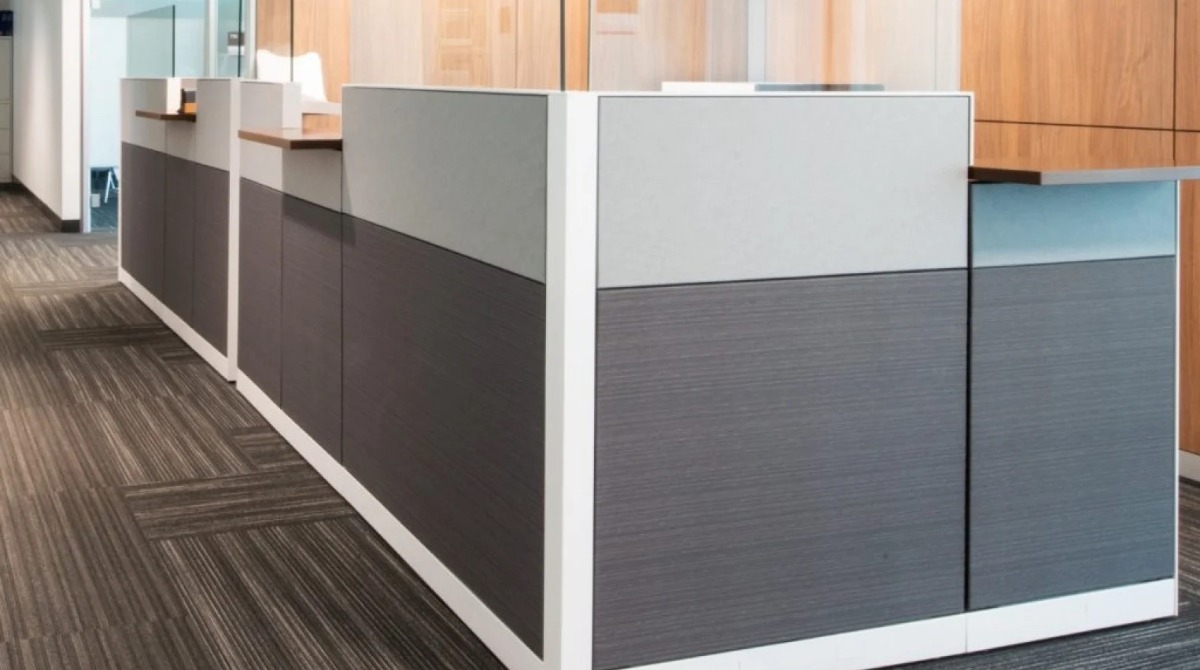

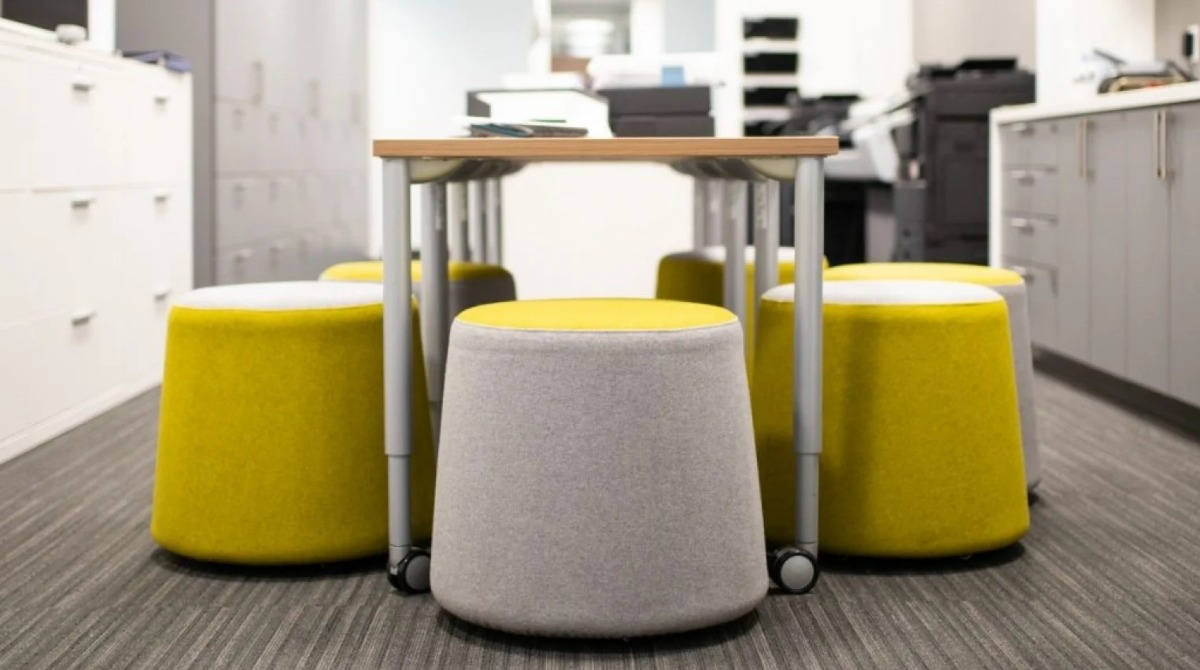

For their new administration building in Edmonton, NAIT, were seeking a modern, bright and efficient workplace that reflected the cutting edge work the technology-based polytechnic does day in and day out.
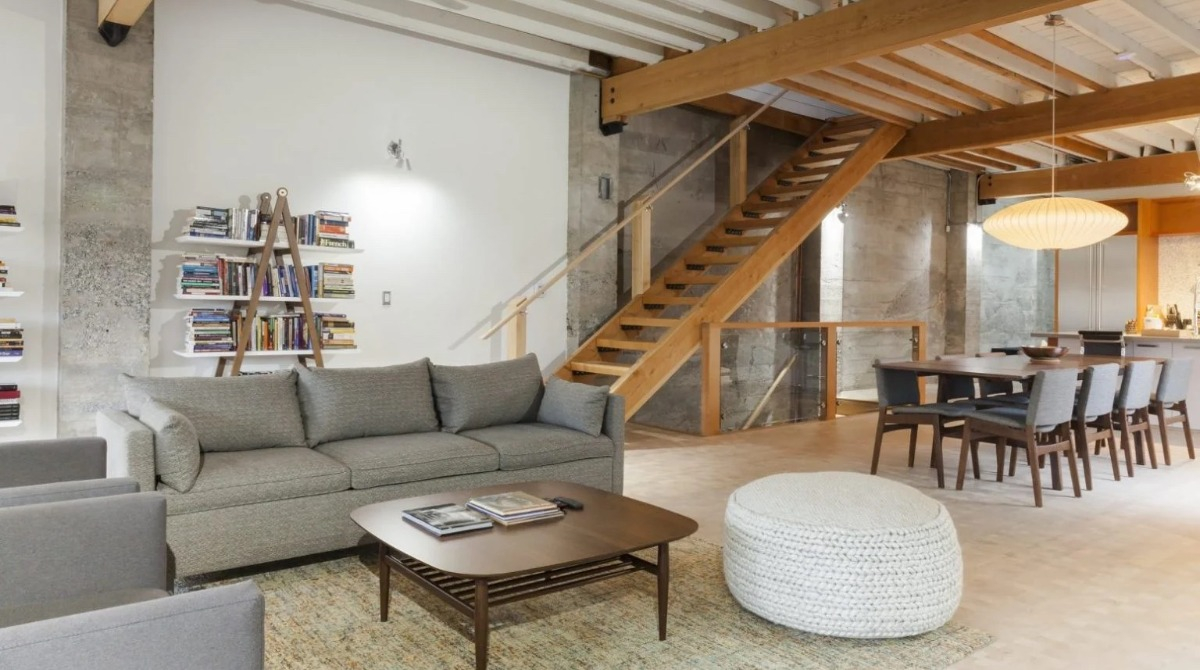
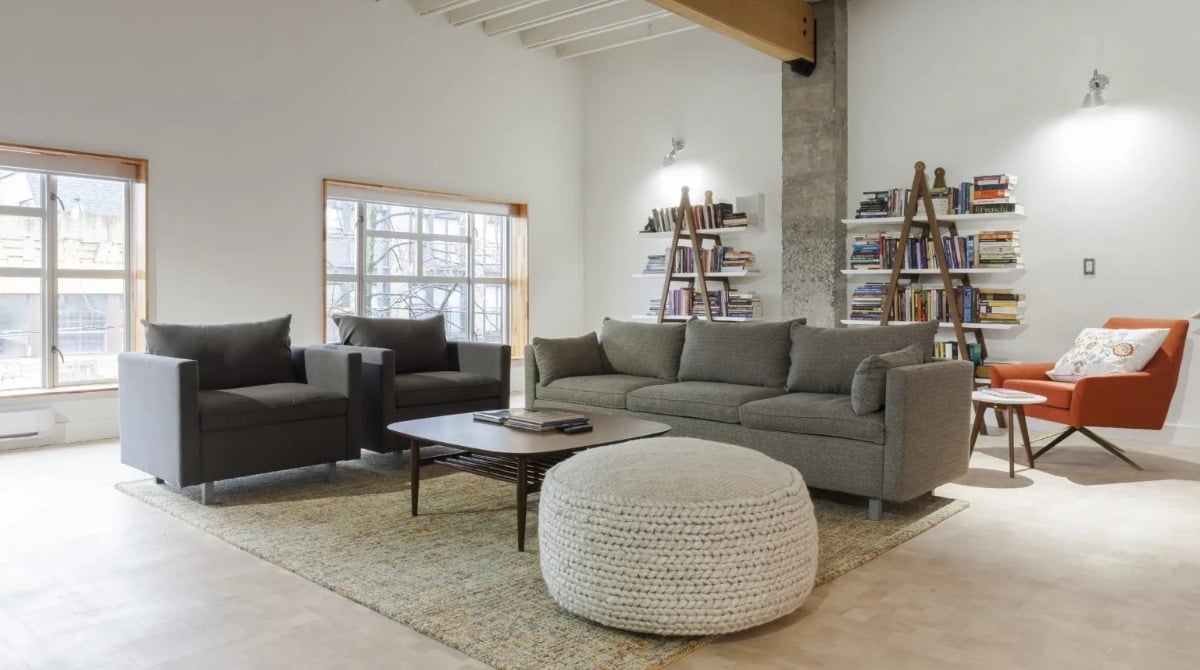
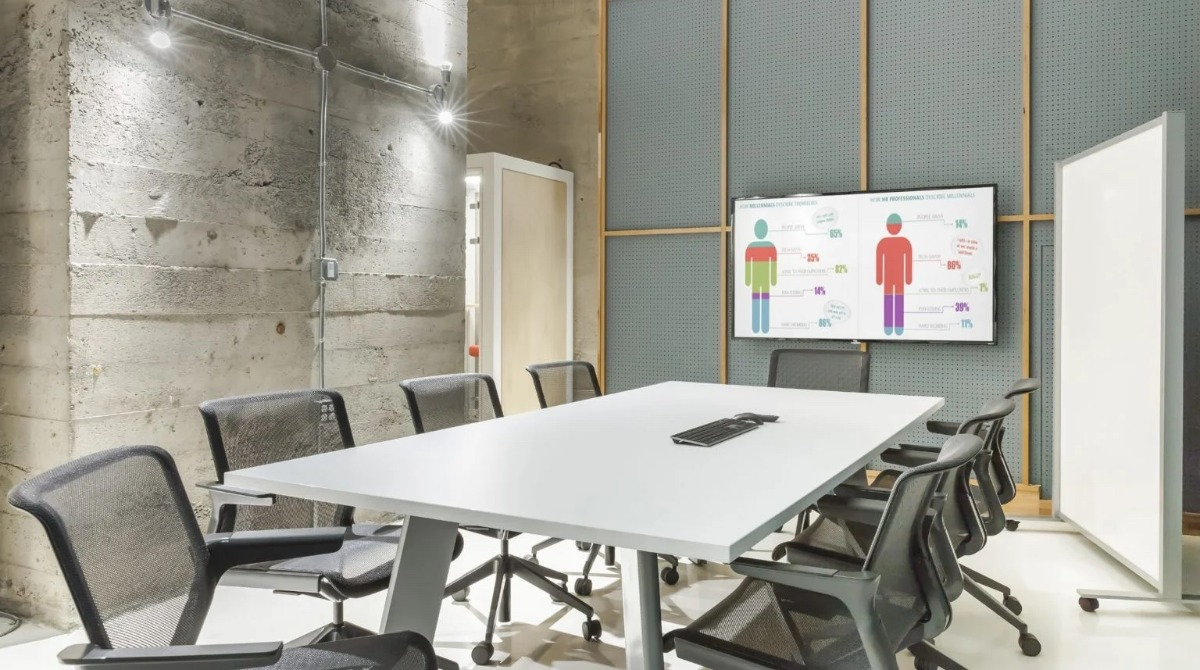
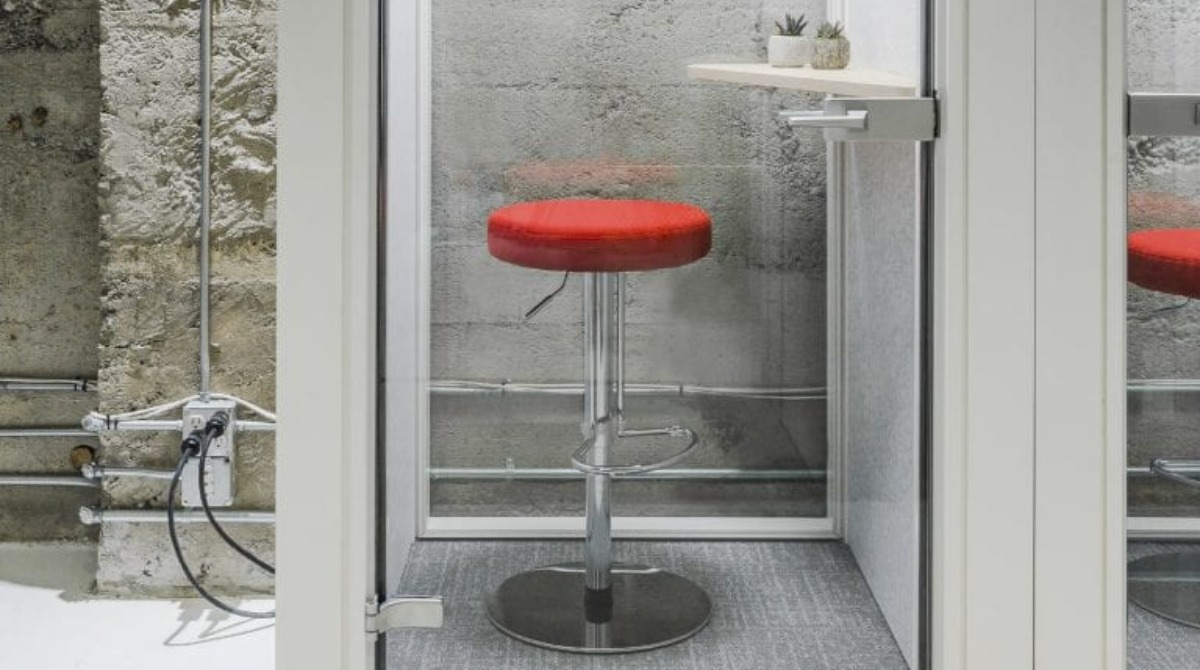
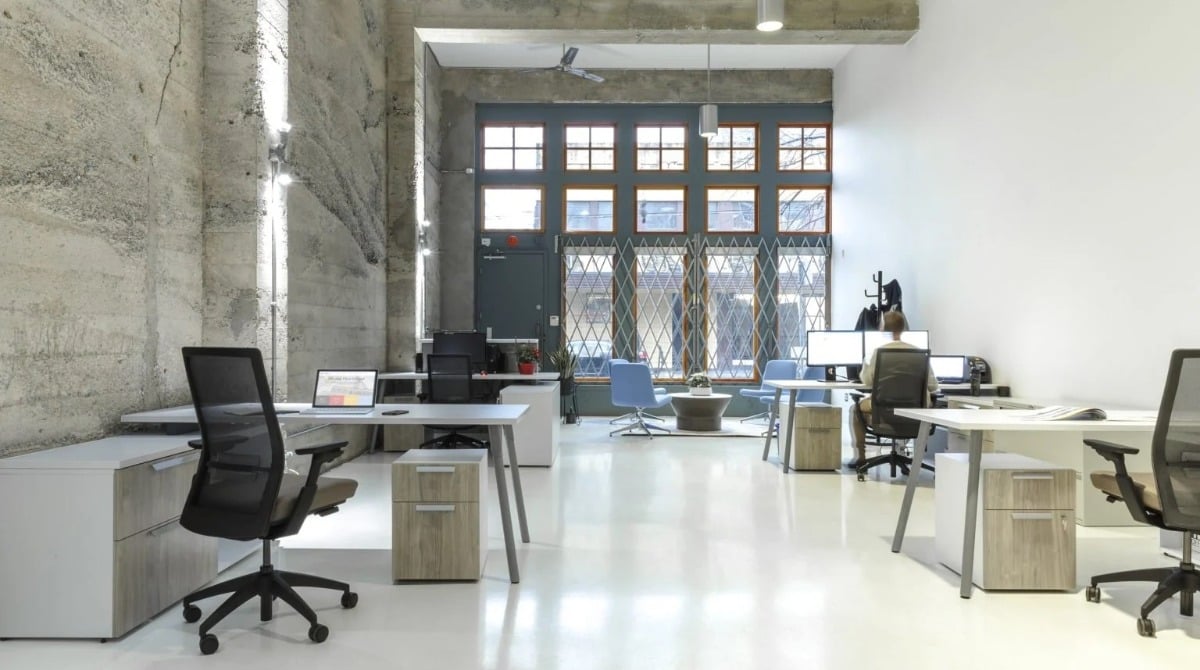
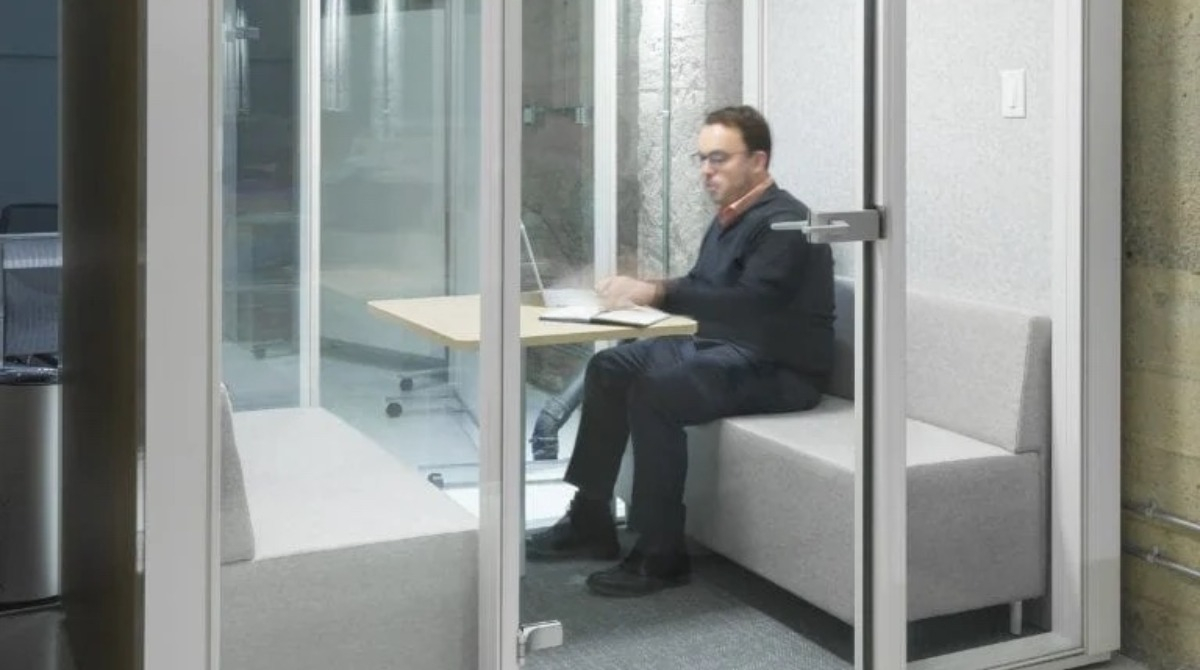
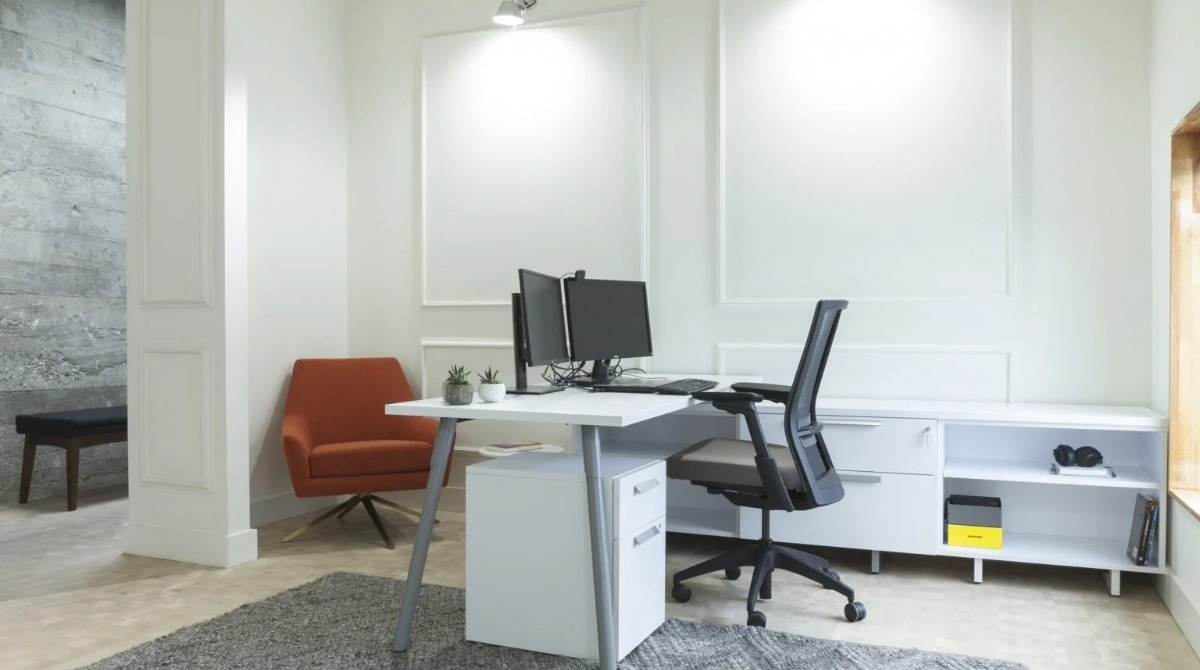
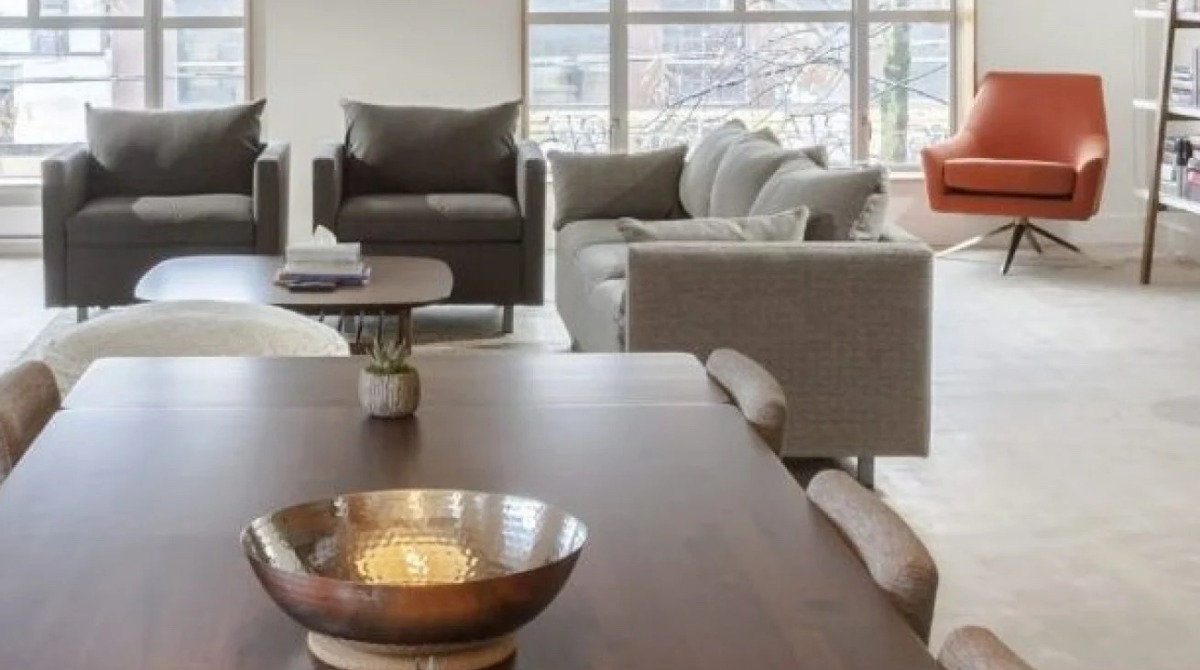
CDI Spaces and Allsteel recently collaborated to give First United Church Community Ministry – a Vancouver-based non-profit organization – an office furniture solution package for its new, temporary office.
We have a passion for creating spaces that enhance your day-to-day life. We would love to connect to discuss how we can help make your dream a reality.
Please use this form to get a quote, schedule a consultation, or contact our team.
#113, 19097 – 26 Avenue
Surrey,
BC V3S 3V7
138-885 42 Ave SE,
Calgary,
AB T2G 5N9
9319 47th Street NW
Edmonton,
AB T6B 2R7
1122 Hamilton St Suite 100
Regina,
SK S4R 2B2
211 - 2nd Avenue North
Stonewall,
MB R0C 2Z0
43 Hanna Ave C536
Toronto,
ON M6K 1X1